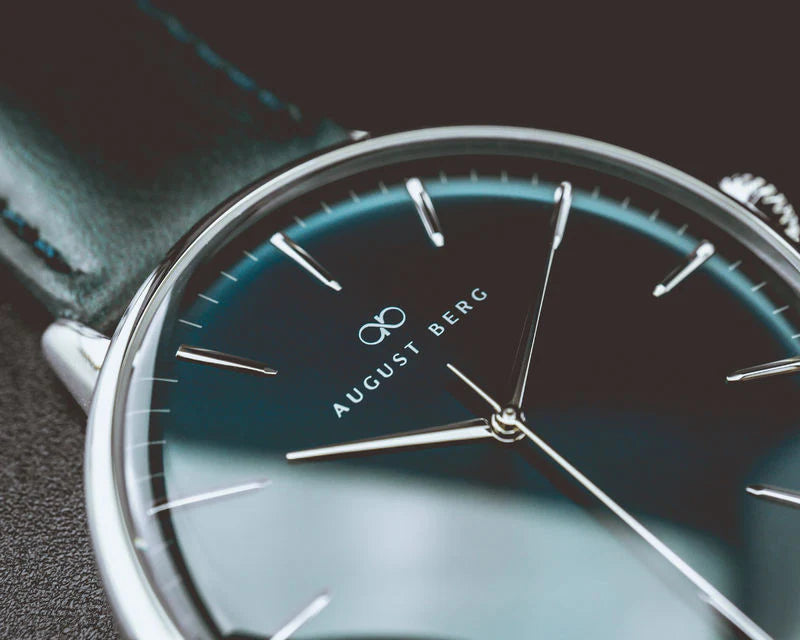Craft a unique message tailored for your loved one
Write your own message below and choose when you'd like us to send it to your special one



Mindfulness is a great idea that many successful people practice, but how does one be more mindful in the context of a busy workday? With a plethora of emails, phone calls, meetings, and presentations to deal with, how can one apply the principles of mindfulness to feel more alive and present, as well as being productive?
In line with putting into practice what we learnt in the Beginner’s guide to mindfulness, we can progress further and inject mindful moments into our work, which often takes more than half of our day, with these five exercises:
1. Using commute time to unwind

It’s important to set time to plug-in at the start and plug-out at the end of the workday. This helps us set important boundaries so we can be truly present at home. The commute can be an ideal time to make this transition. Here is one way to do it:
Turn off your phones, iPads and any other distractions including music. Notice the things around you, focus on the change in scenery or the movement of people. Observe what others are doing, and be aware of the changes in the moments of time. If thoughts about work issues stream into your head during this time, simply acknowledge them then let them go consciously so as to restart the commuting exercise.
2. Set a ‘mindful time’ alarm

Doing some things automatically without thinking is generally fine but did you know that according to a research by Harvard University, 47% of a person’s day can be spent lost in thoughts? The same research also found that being on auto-pilot causes people to be less present and awake to the opportunities and choices. This means you are less creative, less on-the-ball, and less responsive to sudden changes and new information.
By using some form of reminder, you can be mindful again by getting yourself off auto-pilot mode. For example, you can set a timely reminder on your phone (vibrating is recommended if you share your desk with others) so that when you hear (or feel) the alarm, you pause to see your surroundings, see what your other colleagues are doing, and take a few deep breaths before going back to work.
3. Frustration to observation

Even for those who make mindfulness a habit, frustrations are bound to arise at work. Colleagues may let us down, promotions may evade our grasp and deadlines may pile up. When this happens, rather than fighting the situation, try to approach the situation as such:
Listen to what the other person is saying, rather than just focusing on your pain points in this whole issue. Instead of trying to change the opinion of others, it is more often easier to change our own by observing where the other person is coming from. When you find some middle ground, you might even get the other party to become more receptive to your own opinions, and end up finding a better solution to the task at hand.
4. Mindful meetings

By setting some simple guidelines, one can attain a more mindful environment at the office, especially during meetings, which many tend to feel are a ‘waste of time’.
Some of these simple rules include the banning of other digital devices during meetings apart from the presenting tool, giving all parties of the meeting the opportunity to speak and prescribing not more than one note-taker during the meeting.
5. Gratitude

Unfortunately for us humans, we tend to be negative. This means that we spend more time dwelling on things that did not go well rather than those that did go well. But having this mindset makes us excessively pessimistic and does us a disservice in mental health and even productivity.
This is where practising conscious gratitude can help us alleviate these ‘darker’ thoughts. For instance, if you feel like you are backed against the wall at work, think of this:
What is going well in your job? Perhaps you are earning less than you would like, but it is probably better than having nothing at all right? Or maybe you had a fallout with your manager, but maybe you have great colleagues who support you? Actively think about the positives at work, and be thankful for them. This makes you more motivated, and you will even find your work more enjoyable as you find more things you are grateful for. Remember it's not the most talented people that make it, it is the one with the most perseverance.
Self-growth is never an easy journey, but we hope that these small exercises help you in your journey to finding contentment in your life! Remember, it's always a good time to practice self-care, we recently wrote an article on tips to practice self-care, so have a read and let us know your thoughts.

Designed in exclusive collaboration with the iconic British heritage brand - Morris & Co.. The chemistry between Minimalism & Maximalism!

Designed by Magnus Joergensen with Minimalism philosophy of both Modern & Vintage, making it last in time.

Equipped with anti-reflective & scratch-resistant glass, made of specialized single-dome sapphire crystals - Serenity collection

Crafted with meticulously chosen Japanese Miyota Quartz movement, ensuring precision & the utmost accuracy in timekeeping.

Can be engraved with your own message, making it a perfect meaningful gift for your loved ones.

With every watch sold, we help gift a child with 6 month of quality education in Asia & Africa. And, with every 20,000 watches sold, we will build a school with Human Practice Foundation. But why education?

Delivered in sustainable & reusable Bamboo Boxes, certified by Forest Stewardship Council®

August Berg supports Carbon Removal for every shipment, ensuring that your delivery is carbon-neutral, and certified by Carbon Direct.